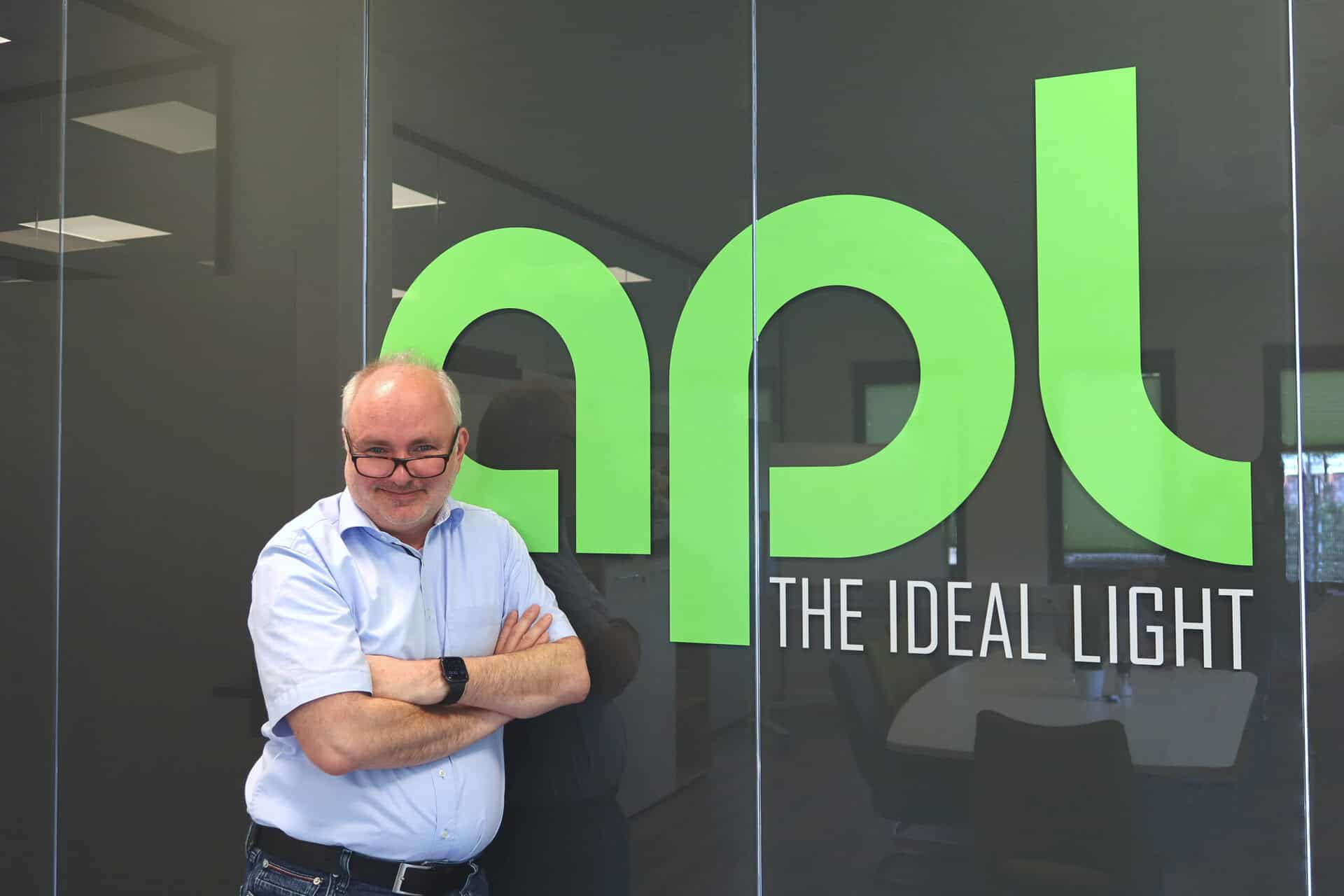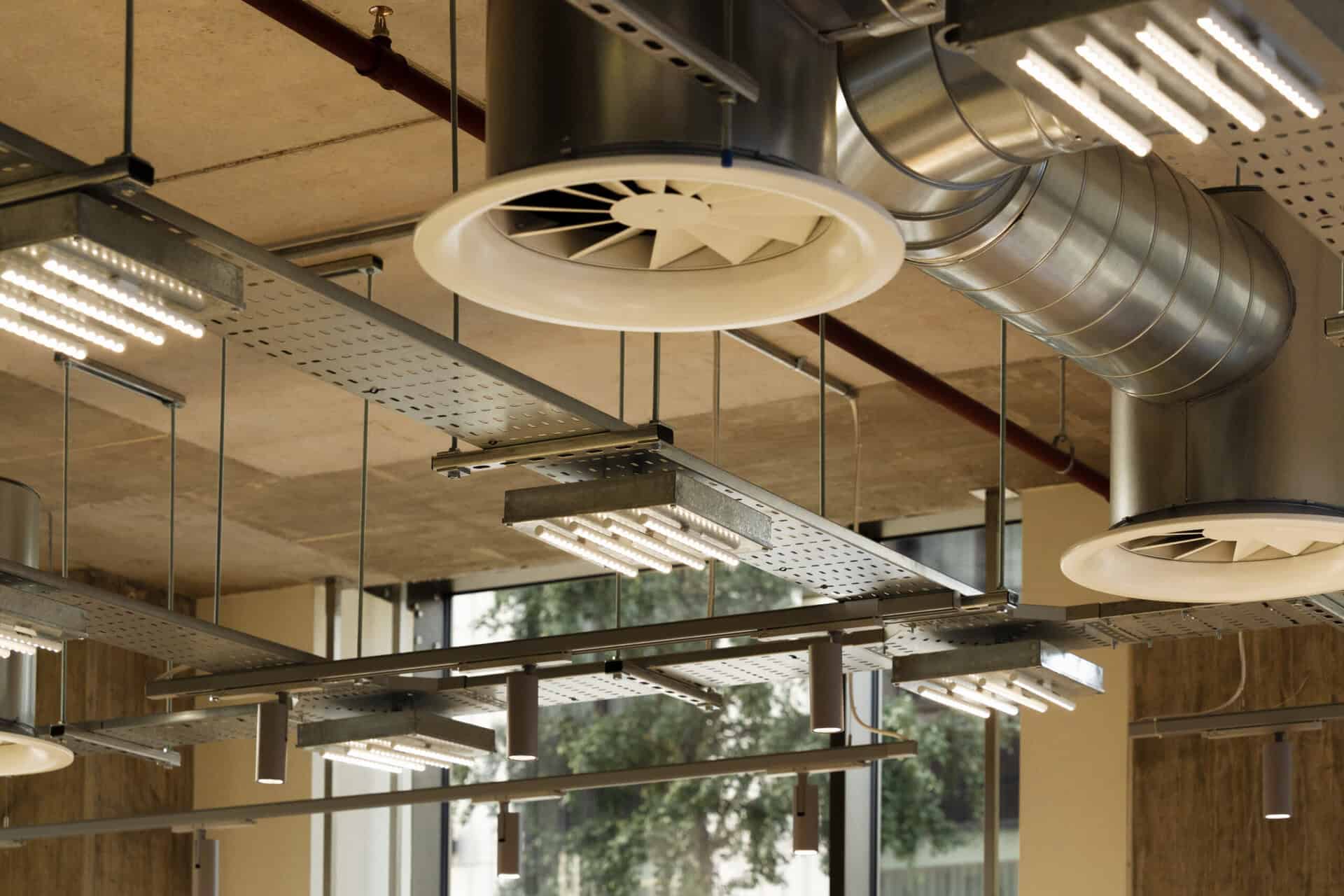In this article, Jo Harding explores the ongoing challenge of hiring talent in the lighting industry and what to do to keep talent.
‘’What happened to building talent? What happened to long-term investment in people?
Why do companies find it hard to find talent then when they do, choose to not properly invest in them?’’
I recently saw the title 2 questions on a recent Linkedin post, which appeared in my feed. I don’t personally know Kelli Boyd and he’s not connected to the lighting industry but his opinions on lack of onboarding generally in companies really resonated with me. And it also did with over 5800 other individuals. 1115 commented and agreed with his thoughts!
I feel strongly that we in the lighting industry are also part of this picture. We always seek ‘talent,’ but are not always willing to invest properly in structured training and onboarding processes. Having worked in specification lighting sales for over 30 years, I know that many salespeople in the industry-including myself initially-have undergone hardly any training in the profession of selling; or very little training about the construction industry (which is vast) either. Not to mention the often rushed approach to product training. The goal is to ‘get them out on the road’—pretty quickly. The result is that many companies end up with the oft-quoted 80/20 Pareto theory for sales teams: 80% of sales come from the top 20% of performers. The rest are mediocre, and it’s not all down to lack of talent but lack of training and investment. Many people can be trained to sell, it’s not all personality driven.
I have personal experience of turning up for roles where no induction process has been prepared. Nor essential equipment for the role ordered. I’ve also initiated induction and onboarding in companies that seem somewhat bemused at having to put these procedures in place.
We all know that it’s a challenge to set aside the time to onboard and train new employees-especially in small companies. Unfortunately this important task is sometimes pushed to one side, or worse, pushed back in the pursuit of what seems like more pressing business. It’s ironic that we crave to acquire the right talent then squander the opportunity to make the most of it.
There are some quite startling statistics out there about the risks of not applying a good onboarding and induction process for new recruits. According to HR:4UK 33% of employees leave their job in the first 90 days due to poor onboarding.
Many companies in the lighting industry are SME’s who do not have structured HR practices or departments but this should not be an excuse to forego the opportunity to bring the next generation of talent into the industry. This is so important as many high-profile people in our industry are working hard to encourage young people from school age into STEM and ultimately into lighting. According to HR:4UK; ‘’The first few days and weeks of employment are a crucial time for new employees. In it, they make judgments about company culture, their colleagues and their decision to join. Good onboarding can mean that their experiences affirm their choices, help them integrate into the business and reduce their overall ‘time to competency’ – the process whereby an employee attains the necessary skills and information to contribute positively to the team.’’
One of the prerequisites should be to assign the new employee a buddy or mentor to introduce them into the company and team, to answer day to day questions and to generally make them feel welcome, and important.
To conclude, there are so many benefits to successful onboarding, but the main ones can be narrowed down to:
- Increased productivity
New employees will get up to speed much quicker and contribute to productivity. Some studies show that effective onboarding can increase productivity by up to 70% in new hires.
- Better Performance
Research shows that by setting expectations from the beginning and actually engaging before day 1, employees are much more likely to perform.
- Lower employee turnover
(Probably) the highest impact of proper onboarding is how it affects employee turnover. According to Actimo, when employees experience great onboarding they are 69% more likely to stay with the company for more than three years.
So it’s a no brainer. Let’s invest in these people properly.






